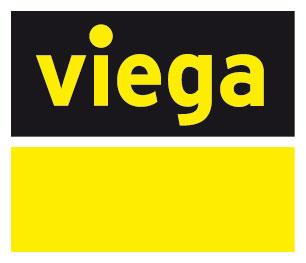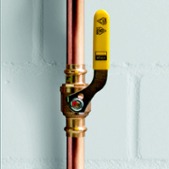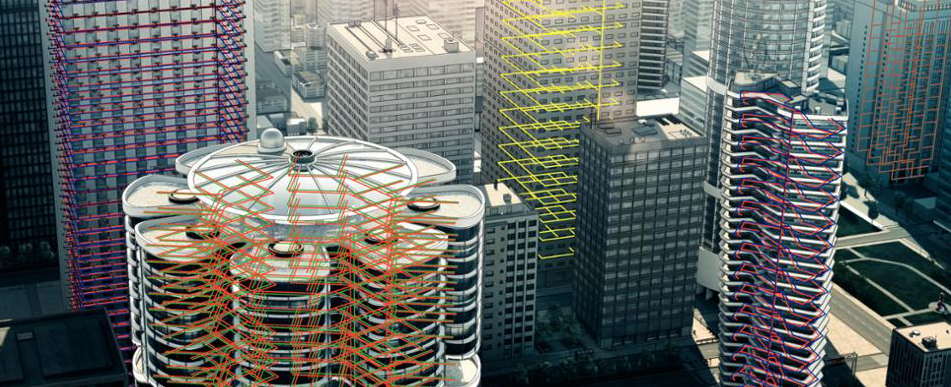How much time do you think residents have to get out of a home on fire?
If you said five to ten minutes, you’re not alone. Eighty percent of Americans guessed the same, according to Underwriters Laboratories, a company that performs state-of-the-art fire safety testing.
In reality, this timeline is much shorter. Residents have three minutes or less to escape a home that’s on fire.
Considering the fact that U.S. fire departments respond to an average of one house fire every 88 seconds, it’s easy to see why residential fire sprinklers are such an important feature.
The Use & Value of Residential Fire Sprinklers
Before a fire goes beyond containment, residential fire sprinklers take action because they are equipped with automatic, heat-activated technology. When a mounted sprinkler is exposed to temperatures at or higher than its thermal rating, it will automatically enable the flow of water, which is then dispersed onto the heat source (note that only the sprinkler closest to the fire will activate, which allows the fire to be contained, without spraying additional water throughout the house). So the common movie scene where a fire sprinkler activates due to an overcooked dinner simply is a myth as the temperature for activation is quite high.
As the National Fire Protection Association (NFPA) reports, residential fire sprinklers can help control and even extinguish fires in less time than it would take for the fire department to arrive. Not only does this reduce the risk of fire deaths by almost 80 percent, but it also decreases property loss by around 70 percent, as compared to homes without sprinkler systems in place. (Disclaimer: Residential fire sprinklers are certified as life-saving systems, not property-saving systems.)
With a growing emphasis on sustainability in the construction industry, it’s also worth mentioning that residential fire sprinklers are an environmentally friendly option. Fire departments typically use about ten times as much water compared to home fire sprinkler systems to keep a fire under control. To put this into perspective, homeowners could fight fire with up to 91 percent less water via a residential sprinkler system. This, in turn, minimizes water runoff and pollution.
While we’re focusing on the value of residential fire sprinklers, here are a few more benefits to add to the list:
- Requires little maintenance once installed
- Reduces a homeowner’s insurance premium
- Helps qualify a home for a tax rebate
- Selling point if/when a property is put on the market
A Study That Supports the Value of Residential Fire Sprinklers
Since 1986, the city of Scottsdale, Arizona, has mandated that approved residential fire sprinklers are included in new homes. In that time frame, studies have credited this ordinance with saving numerous lives, properties and valuables.
In a 15-year study of Scottsdale, 13 fire-related deaths were reported in homes without sprinklers. However, no deaths were said to have occurred in home fires where sprinkler systems were present during this same time period.
With regards to fire and water damage, homes without sprinklers encountered an average loss of $45,019. Meanwhile, homes with sprinklers only suffered an average loss of $2,166.
Whether you’re building a new home or remodeling an existing one, residential fire sprinklers are a valuable investment to consider. At Viega, we have reliable, easy-to-install fire protection systems that can help you fulfill these needs. Here’s one project that showcases our technology in action.









